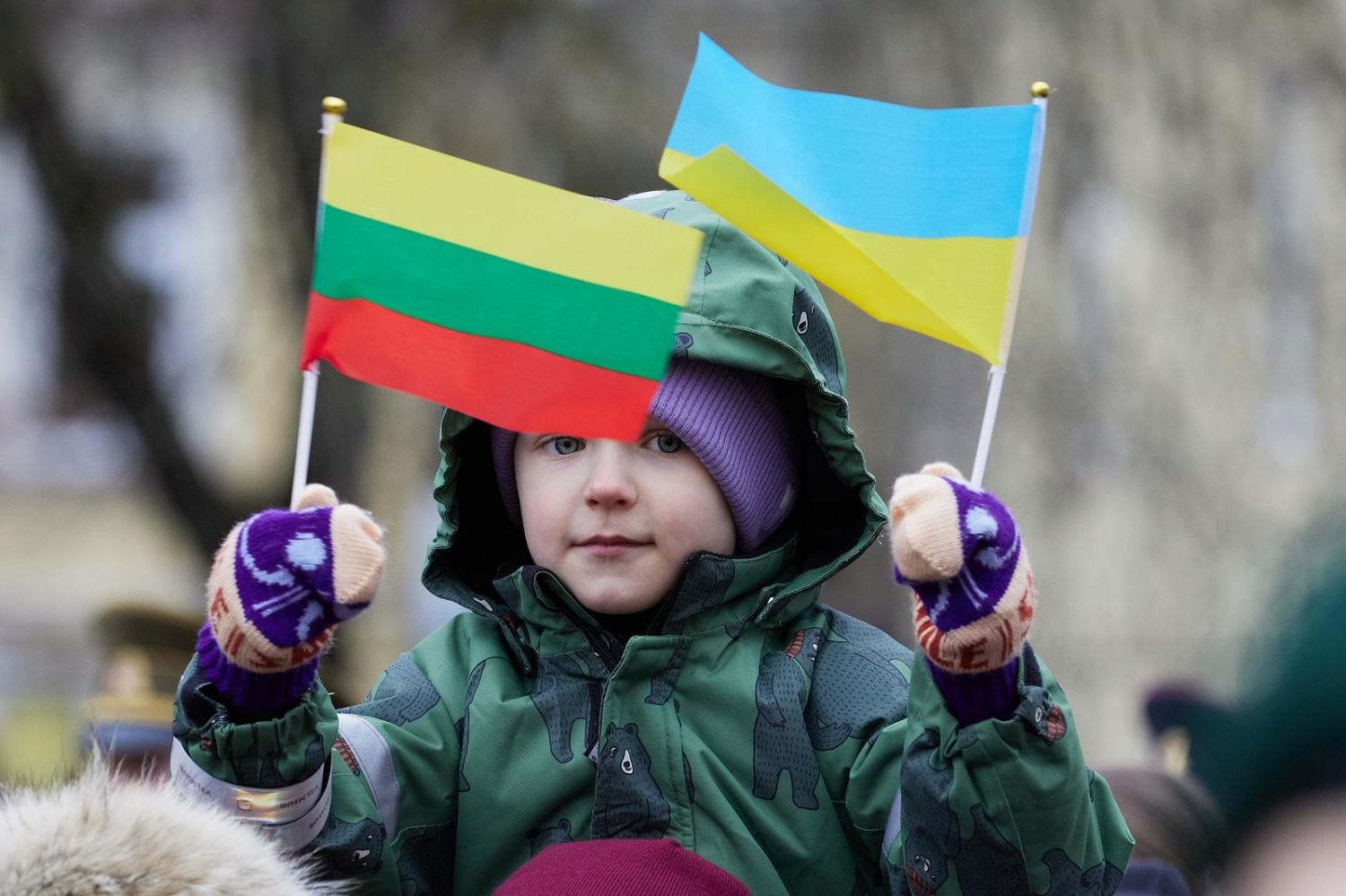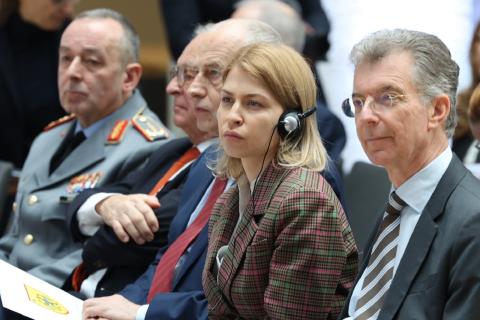The Baltic states of Estonia, Latvia and Lithuania have been some of the most significant supporters of Ukraine following the invasion by Russia in February 2022, contributing the highest percentage of GDP towards the effort. This response is not at all surprising, since each of them shares the trauma drawn from historical invasion and annexation by Moscow.
This experience is most clearly captured in the Museums of Occupation in the capital cities of the three countries.
Over the last few weeks, I have visited these museums as I’ve driven from Warsaw in Poland, through the Suwalki Gap, to the northernmost capital of Tallinn, in Estonia. Each museum has its own idiosyncrasies – the Lithuanian one in Vilnius is housed in the old KGB headquarters with exhibitions in the former torture and execution chambers in the building’s basement – but the overarching message is the same: remember, and by remembering, ensure that this never happens again.
The message refers to the invasion and annexation of all three states by both the Soviet Union and Nazi Germany during the Second World War that led to a further half-century of Soviet occupation.
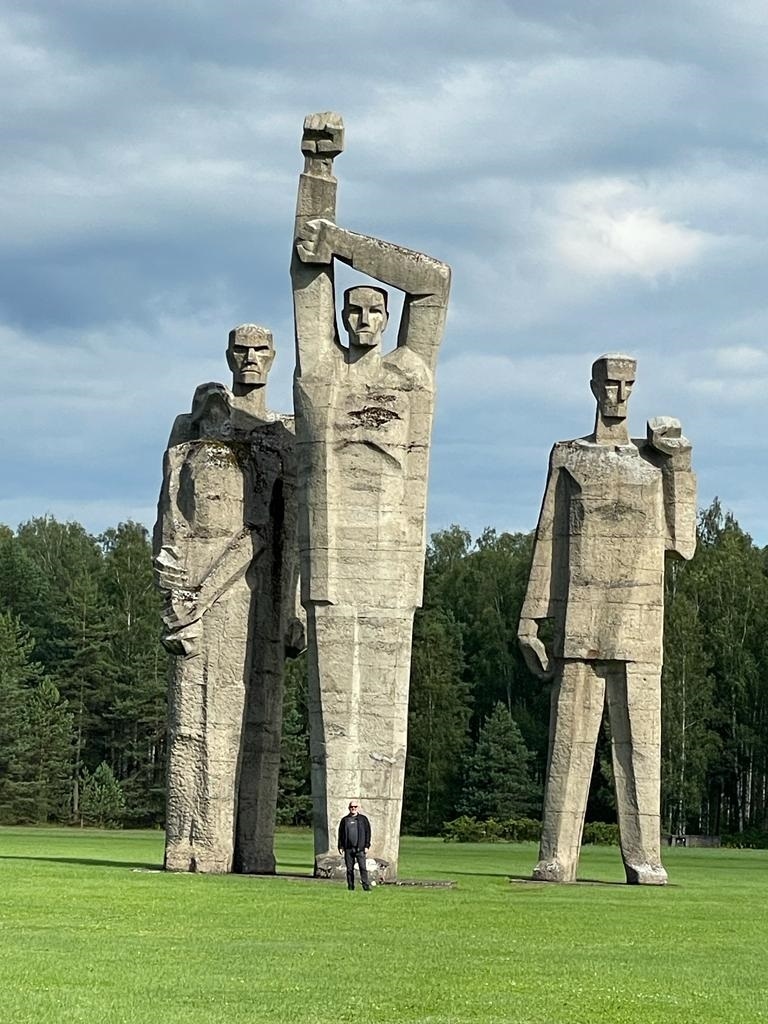
The Molotov–Ribbentrop Pact was signed between Nazi Germany and Stalin’s Soviet Union in August 1939, dividing Eastern Europe – particularly Poland and the Baltic states – into spheres of influence. Poland was divided into east and west zones by Nazi and Soviet invasions and the Soviets invaded and occupied the small Baltic states in June 1940.
The agreement collapsed a year later when Germany invaded the Soviet Union, which resulted in the Nazi occupation of Poland and the Baltic states. The Nazi occupation’s trail of destruction can be found as you pass through the region, including the site of the Treblinka Extermination Camp in Poland, where up to 900,000 Jews were murdered. Across the Baltic states, around 90 per cent of the pre-war population of Jews were killed.
As the tide of the war turned and the Nazis experienced defeats on both Eastern and Western Fronts, the Soviets reoccupied all three Baltic states in 1944. However, as Western Europe, the United States and Australia celebrated the surrender of Germany and Japan during 1945, the Baltics faced another 45 years of occupation, humiliation and oppression. The Baltic national identities were repressed as Moscow sought to annihilate languages, cultures and any political opposition through bureaucratic regulation, Russian population transfers and mass deportations of “undesirables” to Soviet gulag camps thousands of kilometres away.
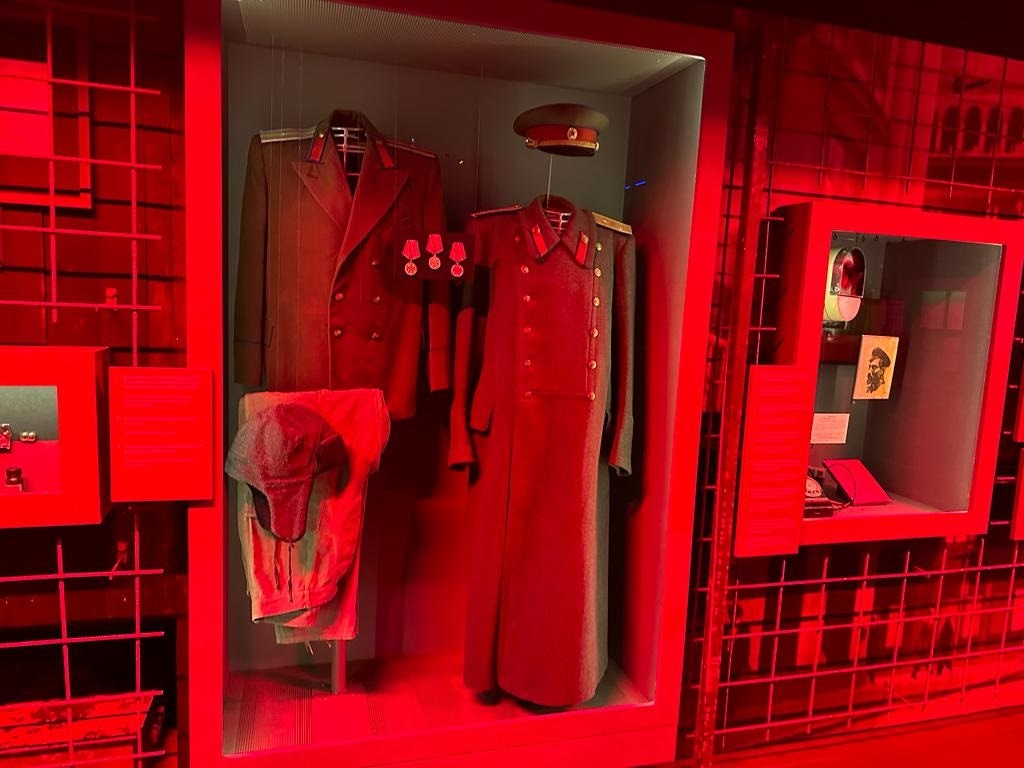
Only in 1990–91, as the Soviet Union collapsed, did the Baltic states regain their precious independence. By joining the North Atlantic Treaty Organisation (NATO) and the European Union in 2004, the Baltic states garnered a measure of security they had not previously experienced.
However, Russia’s invasion and occupation of parts of Georgia in 2008 reignited concerns in the Baltics regarding Moscow’s and President Putin’s imperial ambitions. Lithuania’s military budget has tripled since 2008 in response.
In the small exercise yard of the old KGB building in Vilnius, an exhibition of the Georgia invasion documents the atrocities and ongoing occupation in Abkhazia and South Ossetia. A few days after my visit, the 15th anniversary of the invasion became an opportunity for the Baltics and their political leaders to remind the world of the ongoing threat posed by Russia.
Likewise, at the Museum of Occupation in the Latvian capital of Riga, an open-air exhibition entitled “Hunger as a Weapon” sits under the brutalist Soviet building, reminding visitors of the Holodomor, the earlier genocidal policies of Moscow that killed up to 5 million Ukrainians – 10 per cent of the population – by famine in 1932–33. Recent Russian attacks on grain silos in Odesa provide an echo of this campaign as Moscow attempts to turn food into a weapon of war in the 21st century.
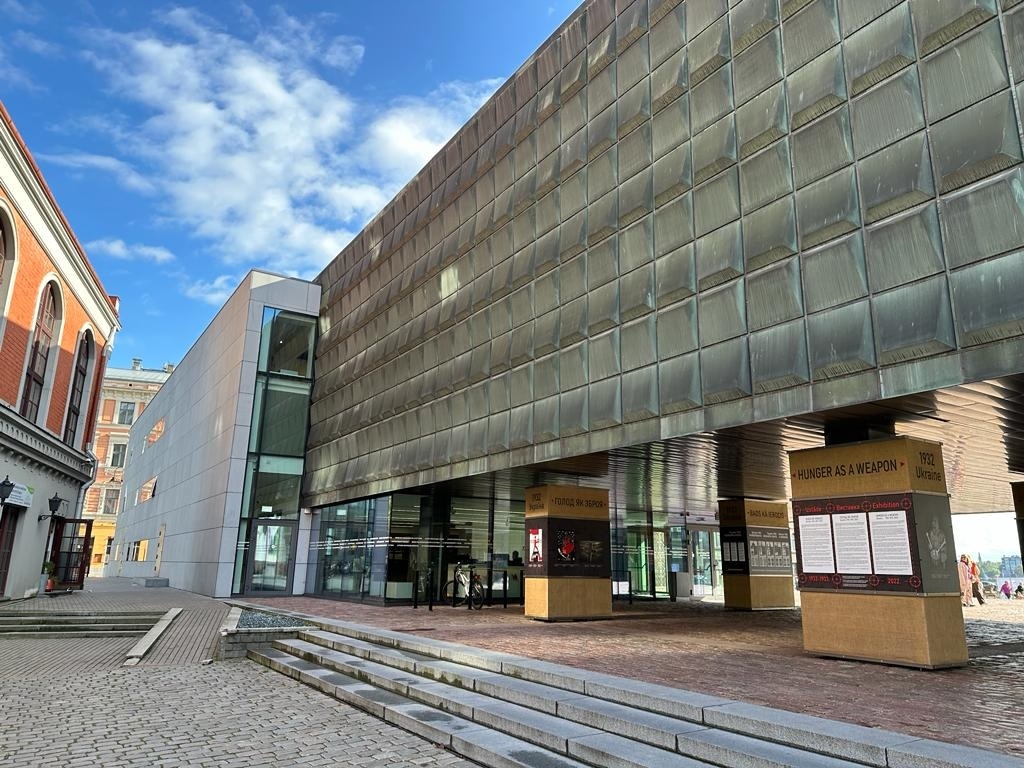
Driving from Poland through the Baltic states, it is striking how flat the landscape is, with barely a hill encountered during the entire journey. Along with the history of occupation, it is this topography and the proximity to Russia that makes Baltic political and military planners nervous. Due to the flat terrain, it is assumed Russian tanks could well reach Tallinn in two days, although an increased presence of international NATO forces in the region – with Estonia now hosting the largest overseas contingent of the British Army – would complicate the approach.
Nevertheless, the proximity of Tallinn to Russia is demonstrated by the confidence of its residents that, unlike Ukraine, Russia would never use nuclear weapons against them. As a colleague at Tallinn University noted, with St Petersburg being just over 300 kilometres from the city, the risk to Russia’s second city of radiation contamination from a nuclear strike would be too high.
Over the last two years, the Museum of Occupation in Riga has undergone a significant renovation with a new permanent exhibition and a major new outside memorial to the victims of the Soviet occupation. The Baltic states are doing their best to remind the world of the horrors of totalitarianism and imperialism. Let’s hope the world is watching.
